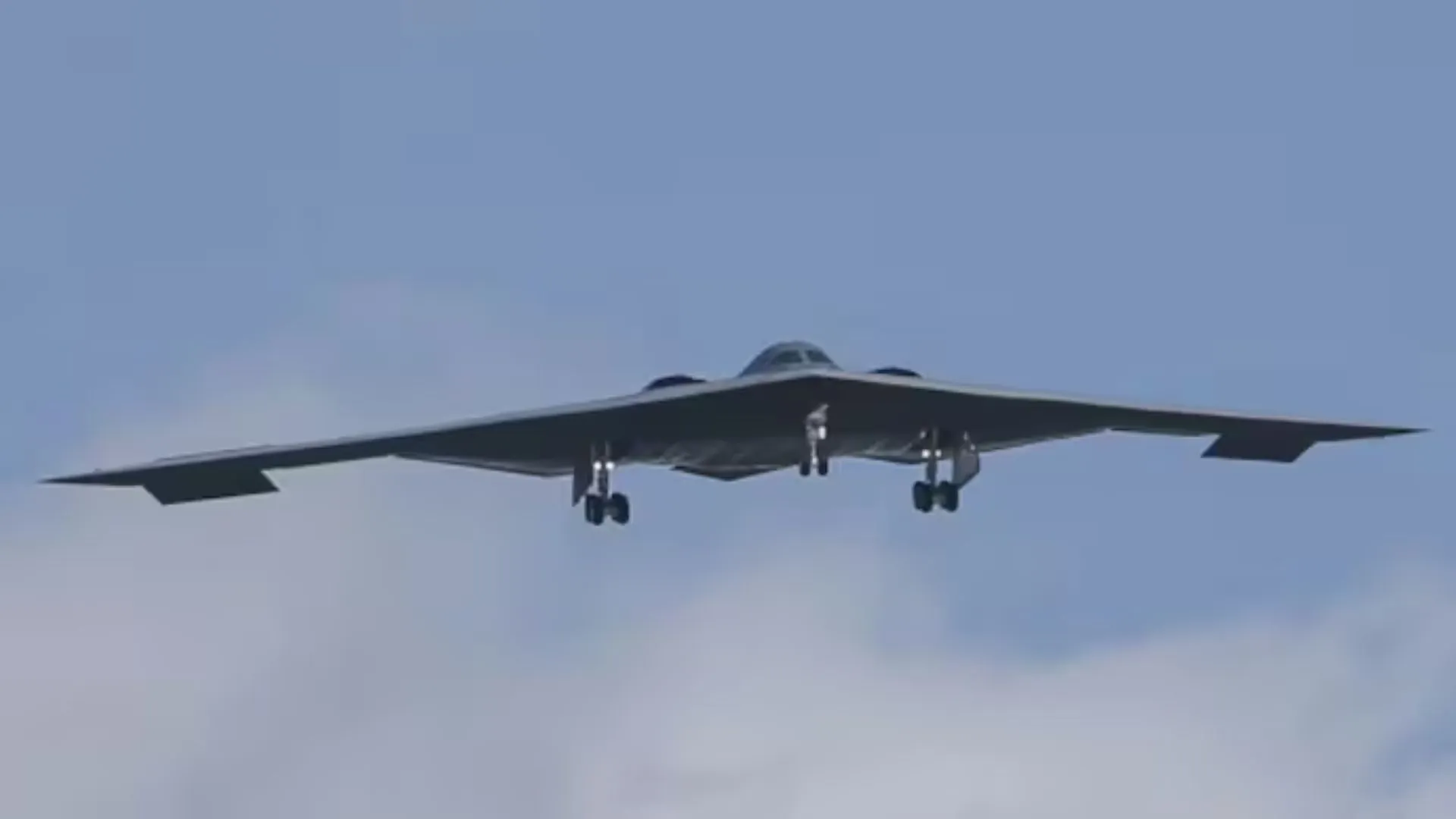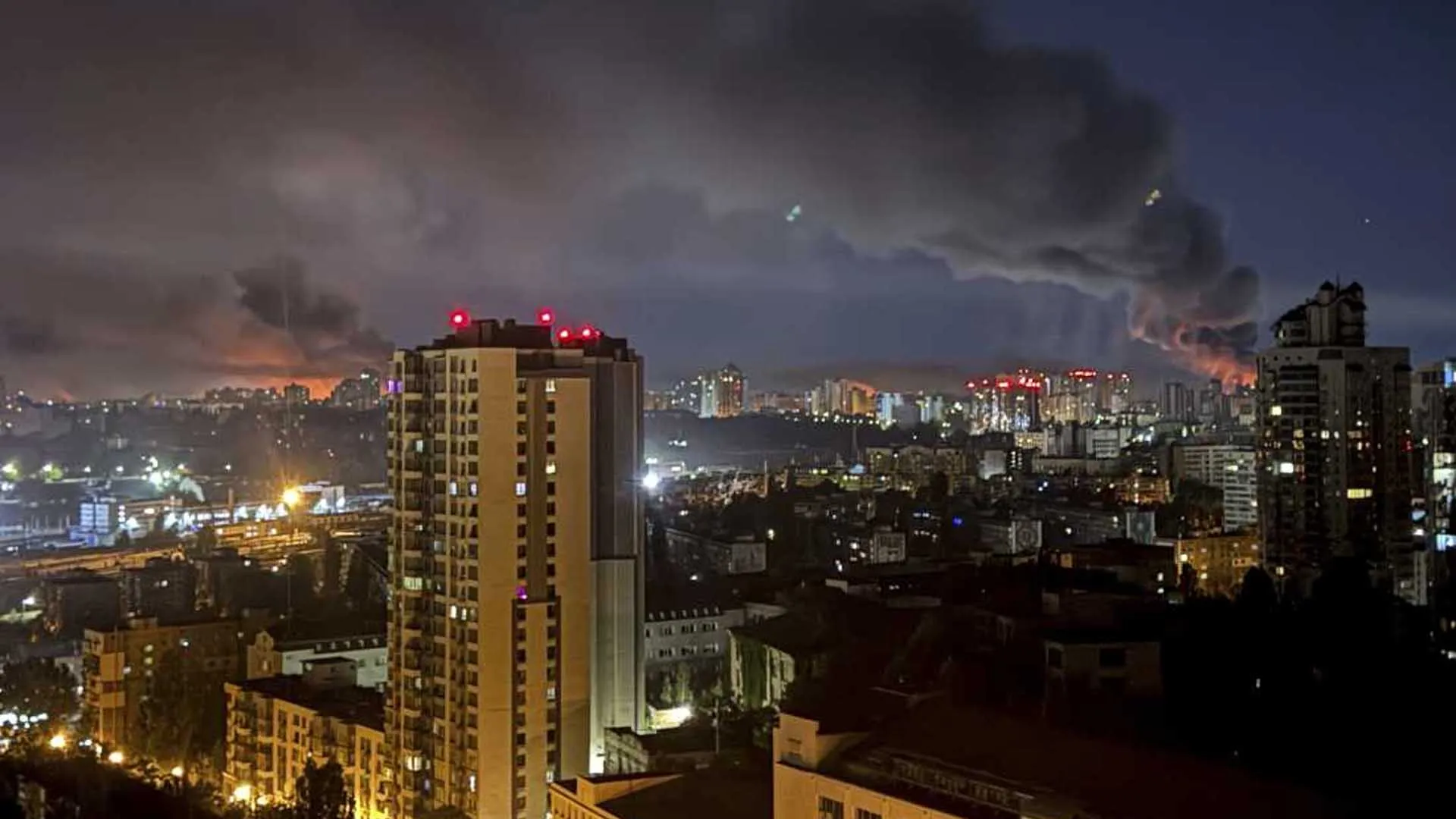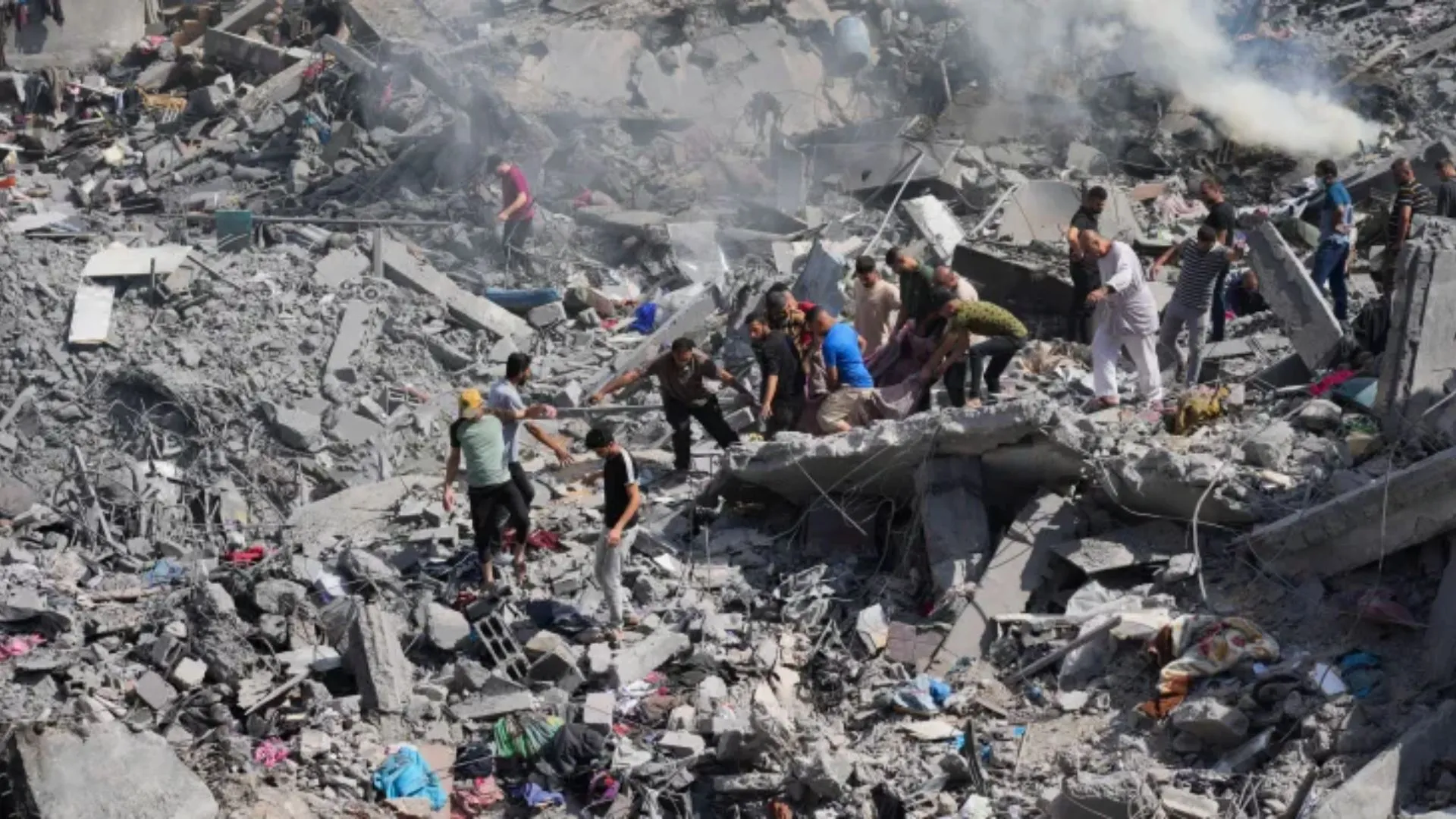“We brought them to the ground…” These forceful words, initially stated by US President Donald Trump and later echoed by numerous White House spokespersons, have now emerged as the rallying cry after America’s most aggressive airstrikes against Iran’s nuclear sites in years.
Yet beneath this triumphant story there is a more complex reality. Amidst the wreckage around Iran’s heavily fortified nuclear facilities at Fordo and Natanz, many specialists are starting to wonder how thoroughly effective the action really was. Did these strikes actually eliminate Iran’s underground bunkers?
In its attack, the US launched a powerful arsenal—14 GBU-57 “Massive Ordnance Penetrators,” each of which weighed nearly 13,000 kg, in addition to 30 Tomahawk cruise missiles. These bunker busters, commonly referred to as giants among bombs, are designed to break through sections of reinforced concrete and steel, burrowing deep before exploding. The White House hailed it as a “clean hit.”
Iranian nuclear bunkers have now been reduced to rubble. The US military might has again demonstrated the world what it is capable of…,” declared the US.
However, not everyone believes it. Defence experts and military experts warn that the truth may be much less black-and-white.
As a senior weapons analyst quoted by nationalinterest.org said, “The GBU-57 is powerful, but wiping out bunkers such as Fordo, which is hidden under a mountain, is much more challenging.” He conceded that although some damage might have been done, complete destruction was not possible.
Yet another level of alarm is developing from the dwindling rapidly available stockpile of GBU-57s. The US initially produced just 20 of these heavy bunker busters. With 14 already having been deployed in the Iran conflict, there are only six left, with the Pentagon facing a severe strategic and logistical dilemma: if another attack is called for, will America be ready to move immediately?
This shortage has served to accelerate pressure in the US Air Force to retire the GBU-57 in favor of a new, more sophisticated bomb. The next-generation design being contemplated weighs roughly 10,000 kg—lighter, but carrying rocket boosters for stand-off launches. This would allow pilots to attack targets from safer distances, focusing on smarter precision rather than raw force.
But this sudden change does pose an uneasy question: if the GBU-57 was really as game-changing as the Trump administration claims, why is there already urgency to replace it? Is the “mission accomplished” boast more about show than substance?
Critics suggest that the strikes might not have rendered Iran’s nuclear facilities crippled as promised, with Fordo and Natanz still potentially operating part-time. Thus, the US is now in a precarious position with only limited ability to follow up with attacks if Iran’s nuclear aspirations resume momentum.























